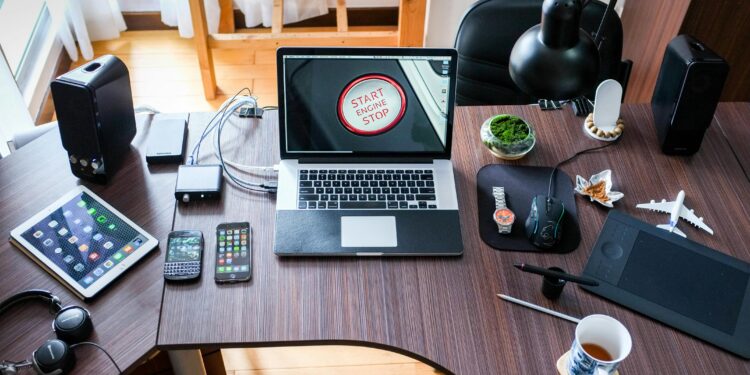Mastering the Art of Safely Packing Electronics: 8 Tips for Moving Day Success
When it comes to moving day, one of the most challenging tasks is safely packing electronics. With their delicate components and fragile screens, electronics require special care and attention during the moving process.
In this comprehensive guide, we will walk you through the steps to master the art of safely packing your electronics for a stress-free moving day.
1. Gather the Necessary Supplies
Before you start packing your electronics, make sure you have all the necessary supplies on hand. This includes:
- Boxes in various sizes
- Bubble wrap or packing paper
- Packing peanuts
- Packing tape
- Ziploc bags for cords and accessories
- Labels for easy identification
2. Back Up Your Data
Before you disconnect and pack your electronics, it’s crucial to back up all your data. This will ensure that you don’t lose any important files or documents during the moving process. You can back up your data to an external hard drive, cloud storage, or a USB drive.
3. Disconnect and Label Cords
Before packing your electronics, disconnect all the cords and cables. It’s important to label each cord with a corresponding label or color coding system to make it easier to reconnect everything at your new home. You can also use Ziploc bags to keep cords and accessories organized and tangle-free.
4. Wrap Electronics in Bubble Wrap
Once your cords are labeled and organized, it’s time to wrap your electronics in bubble wrap or packing paper. Make sure to cover all sides of the electronics to provide cushioning and protection during transit. For larger electronics such as TVs or monitors, consider using a TV box or a custom-made crate for added protection.
5. Pack Electronics in Boxes
When packing your electronics in boxes, make sure to choose a box that is the right size for the item. Avoid overpacking boxes as this can lead to damage during transit. Fill any empty spaces in the boxes with packing peanuts or bubble wrap to prevent shifting and keep your electronics secure.

6. Label Boxes Clearly
Once your electronics are packed, be sure to label each box clearly with the contents and the room it belongs in. This will make it easier for the movers to know where to place each box and help you unpack more efficiently at your new home.
7. Handle with Care
When moving your electronics, be sure to handle them with care. Avoid stacking heavy boxes on top of fragile electronics and make sure to secure them properly in the moving truck to prevent shifting during transit. If possible, transport your electronics in your own vehicle for added peace of mind.
8. Test Your Electronics
Once you’ve arrived at your new home and unpacked your electronics, be sure to test each item to ensure everything is working properly. If you encounter any issues, check the connections and cords to make sure everything is properly connected.
Conclusion and Final Tips for Packing Electronics
Mastering the art of safely packing electronics is essential for a successful moving day. By following these steps and taking the necessary precautions, you can ensure that your electronics arrive at your new home in perfect condition.
Remember to back up your data, label cords, wrap electronics in bubble wrap, pack them securely in boxes, and handle them with care during transit. With a little preparation and attention to detail, you can make moving day a breeze for your electronics.
Follow these tips to ensure that your electronics are safely packed and ready for the journey to your new home. By taking the time to properly prepare and pack your electronics, you can minimize the risk of damage and ensure that everything arrives safely and in working order.
Remember to label boxes, handle with care, and test your electronics upon arrival to make the moving process as smooth and stress-free as possible.














